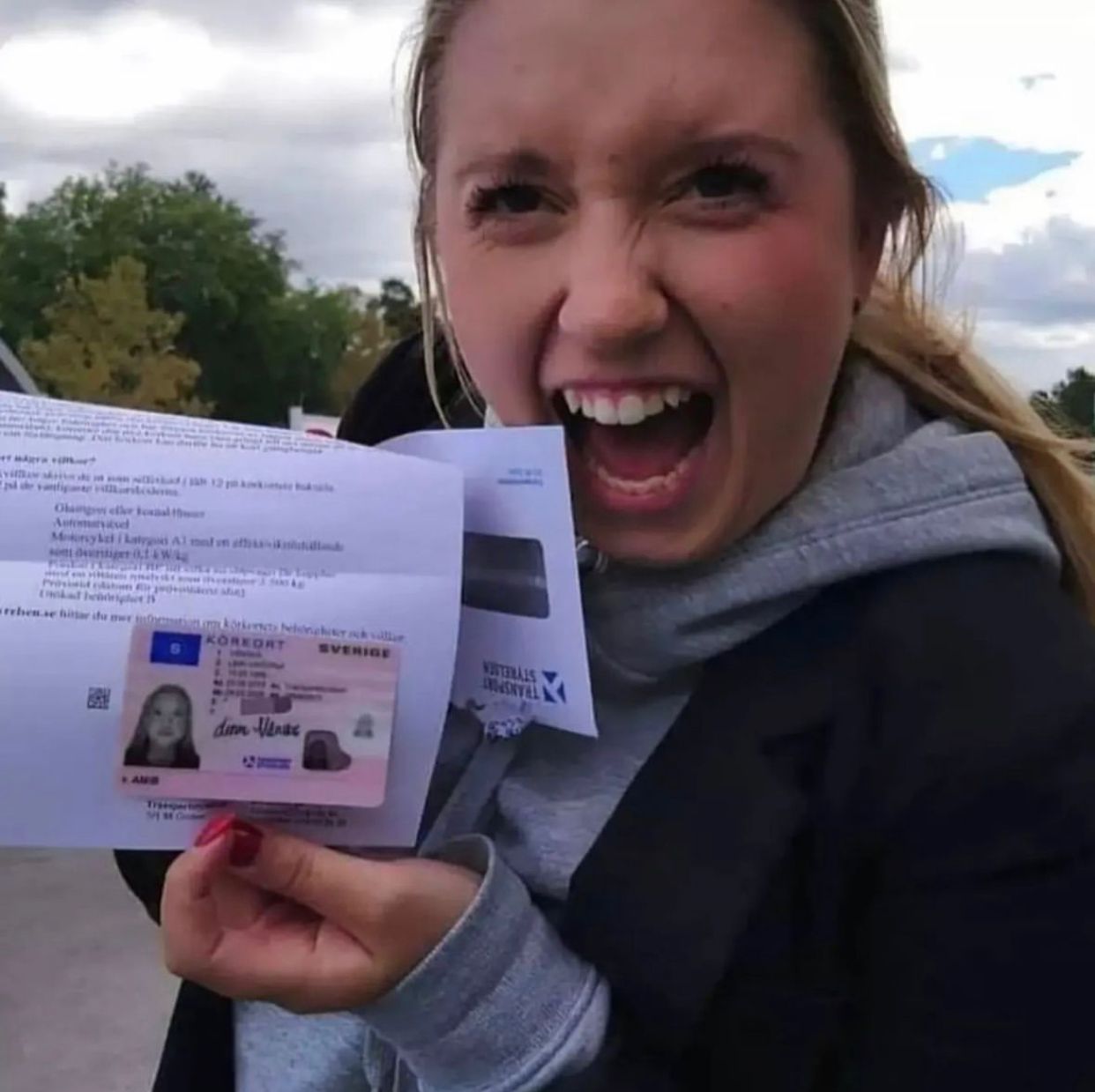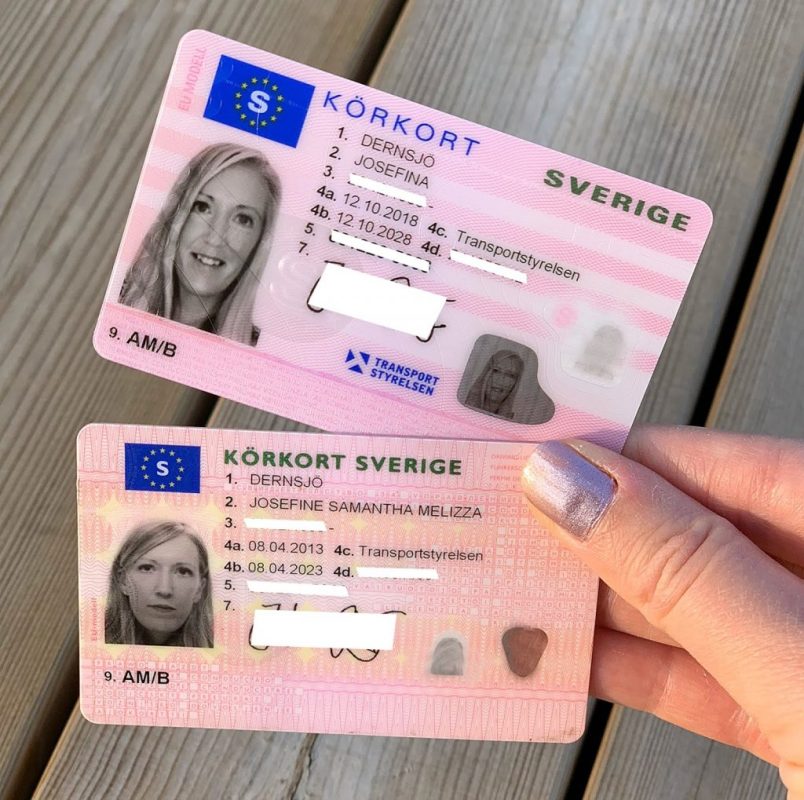The Future of Driving Licenses: ID Handling in 2025
As technology continues to develop at an unprecedented rate, different sectors are accepting innovations to improve user experience and effectiveness. Among the locations experiencing considerable change is identity management, especially concerning driving licenses. With the introduction of digital licenses and advanced recognition techniques, the landscape of driving license ID handling is expected to undergo substantial modifications by 2025. This short article checks out the awaited advancements in driving license ID handling, the implications for users, and answers frequently asked questions about the future of driving licenses.
The Evolution of Driving Licenses
Driving licenses have actually traditionally served as a method of determining an individual's authority to run a motor vehicle. They also serve several secondary functions, including age confirmation and identity verification for banking and travel. However, the physical card system has constraints, including risks of counterfeiting, loss, and outdated information. As society gravely counts on effective and safe and secure recognition systems, the shift towards digital licenses is ending up being increasingly popular.
Existing Trends in Driving License ID Handling
Digital Licenses: Many states are piloting digital driving licenses that enable users to save their qualifications on their smart devices. These digital licenses are developed with sophisticated security functions, including biometric data, and can be scanned or shared firmly.
Blockchain Technology: Some jurisdictions are checking out blockchain to improve the security and authenticity of driving licenses. This technology guarantees that information can not be damaged which the information is quickly proven.
Facial Recognition: Increasingly used in identification practices, facial recognition technology can accelerate the process of validating a person's identity against their driving license. This technology likewise helps in reducing scams and preserve the integrity of the licensing systems.
Multi-Functional Licenses: Future driving licenses may integrate extra features such as health records, travel paperwork, and even payment systems, providing a detailed identity solution.
The Benefits of Digital Driving Licenses by 2025
The shift toward digital driving licenses provides several advantages, consisting of:
Convenience: Users can access their licenses anytime, which removes the requirement for physical cards. This is particularly helpful when individuals forget their license, as digital copies can be recovered quickly.
Security: Advanced security procedures can minimize the danger of identity theft, scams, and unauthorized duplication. Digital licenses typically include file encryption and biometric confirmation.

Efficiency: Reduced wait times at government workplaces and throughout traffic stops, as police can validate digital licenses instantly.
Implications for Users
While the advancements in driving license ID managing present numerous advantages, they likewise feature challenges. Users need to adapt to new technology and guarantee they understand the modifications and their ramifications. Here are some factors to consider:
Privacy Concerns: With increased digital footprints, there will be increased concerns over data personal privacy and how biometric data is saved and used.

Availability Issues: Individuals without access to smart devices or digital innovations may deal with barriers to getting and using digital licenses.
Regulatory Compliance: With different jurisdictions embracing different systems and procedures, users must understand their local laws regarding digital licenses and Referensnummer Körkort Online (https://Www.pauldyches.top/automotive/kop-svenskt-korkort-en-omfattande-guide/) recognition.
Anticipated Changes in Driving License ID Handling by 2025
| Element | Existing Status | Expected Change by 2025 |
|---|---|---|
| License Format | Physical cards | Predominantly digital licenses |
| Confirmation Process | Manual checks | Automated biometric confirmation |
| Security Measures | Fundamental holograms and features | Advanced encryption and blockchain |
| Jurisdictional Differences | Fragmented procedures across states | More standardized national systems |
| User Interaction | In-person renewals and checks | Mobile applications for management |
FAQs
1. What is a digital driving license?A digital driving license is an electronic variation of a traditional driving license that is kept on a mobile device. It can be utilized for identification and confirmation in different scenarios, with improved security functions to avoid scams.
2. How will digital licenses improve security?Digital licenses make use of encryption and biometric data, making them more difficult to forge or abuse compared to standard cards. In addition, blockchain innovation can ensure data authenticity and stability.
3. Will everybody be needed to change to a digital license?While numerous jurisdictions are moving toward digital licenses, policies may vary. Users are motivated to talk to their regional licensing authorities for particular guidelines.
4. What are the prospective drawbacks of digital licenses?Some potential drawbacks consist of privacy concerns relating to information storage, availability issues for people without mobile phones or digital literacy, and the need for a robust regulatory framework to handle security and user rights.
5. How can I get ready for the shift to digital licenses?Stay notified about regional initiatives regarding digital licenses, explore offered mobile applications for handling identification, and cultivate digital literacy to browse brand-new innovations with confidence.
The future of driving licenses and ID handling is poised for significant development by 2025. As digital licenses become more prevalent, users will experience improved security, convenience, and effectiveness. Nevertheless, along with the advantages come challenges that will need public awareness and adaptation. Stakeholders should prioritize education, guideline, and accessibility to guarantee a smooth transition that empowers individuals with the recognition tools of the future. As innovation advances, so too will the approaches through which society manages identity, particularly vital in procedures as essential as running an automobile.







